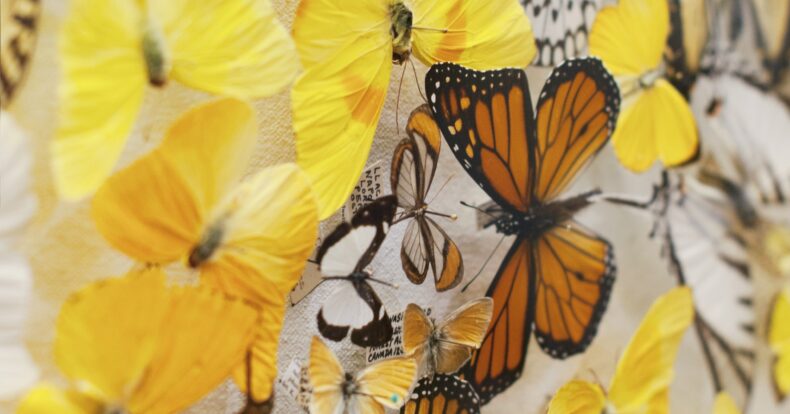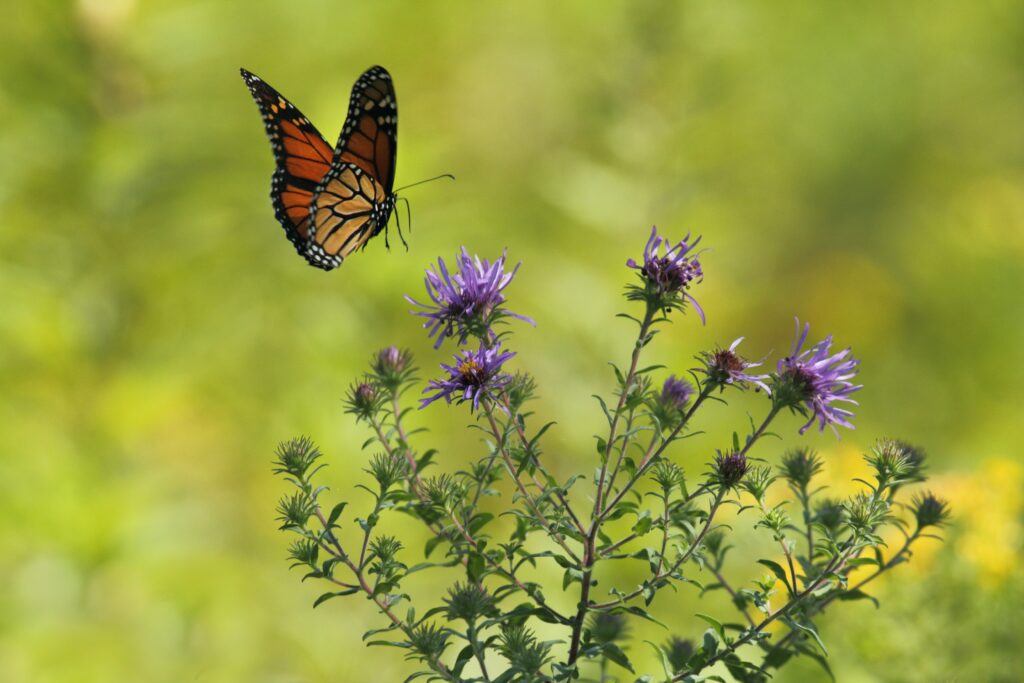Costa Rica: butterfly exporter

Costa Rica is an exporter of butterflies.
The Costa Rican government has been working with the United Nations Development Program to conserve and sustainably manage Costa Rica’s rich biodiversity. This is done through a variety of projects, including the creation of national parks, protection of endangered species, and sustainable tourism.
What about butterflies in the country?
Costa Rica is also known for being an exporter of butterflies. The country has a variety of different butterflies, which makes it an attractive destination for butterfly collectors, as well as home to several types of butterflies and moths that are threatened by habitat loss or invasive species.
Although the country has a butterfly paradise, with more than 1,500 different species, they are exposed to many threats, including climate change, habitat loss, deforestation and pesticides. One of the biggest threats to these insects is illegal trade.
Costa Rica has been an exporter of butterflies for over 50 years and has seen an increase in export figures from 2 million in 1991 to 10 million in 2016. The country’s main export markets are Europe and Japan, which have experienced a steady growth in demand. for Costa Rican butterflies in recent decades.
The country has more than 700 different species of butterflies, with some endangered species such as the monarch.

Danaus plexippus
Scientists know the monarch butterfly as Danaus plexippus, which in Greek literally means “drowsy transformation”. The name refers to the species’ ability to hibernate and transform from caterpillar to butterfly.
The monarch butterfly is one of the most popular and well-known butterflies in North America. In recent years, its population has declined alarmingly due to habitat loss, climate change and pesticides. The country of Costa Rica is one of the world’s leading exporters of this type of butterfly.
In 2020, the number of monarch butterflies in the western U.S. was the lowest ever recorded, indicating that the species is critically endangered. The latest annual count revealed that fewer than 2,000 individuals exist, a decline of nearly 30,000 butterflies from the previous year’s count and millions considering numbers in the 1980s. These figures, compiled by the Xerces Society for Invertebrate Conservation, come in the context of the U.S. Fish and Wildlife Service’s announcement that it would not recommend protecting this species under the Endangered Species Act.
However, despite the enormous reduction in its populations, the monarch butterfly is not currently on the CITES (Convention on International Trade in Endangered Species) list of endangered species.
Blue Morpho butterfly a new national symbol
With the intention of dimensioning the environmental, touristic and economic importance it has for the country, the Morpho helenor butterfly will be the new national symbol of Costa Rica. It is a large and striking butterfly found in the tropical regions of Central America, South America and the Antilles. The name “morpho” comes from the Greek word morphé meaning “form”.
In summary
- Costa Rica is one of the most biodiverse countries in the world. It is home to rich ecosystems and a great variety of butterflies. Costa Rica exports about 10 million butterflies a year, mostly to Europe and Japan.
- The country has an estimated population of 2,000 species of butterflies.
- The Blue Morpho Butterfly is the first insect designated as a national symbol in Costa Rica and one of the few insects used as a national symbol worldwide.
Author
Zelda Walters for Sensorial Sunsets
Bibliography
https://www.larepublica.net/noticia/mariposa-morpho-es-el-nuevo-simbolo-nacional-de-costa-rica
https://www.larepublica.net/noticia/mariposa-morpho-es-el-nuevo-simbolo-nacional-de-costa-rica





